1975: Day Football on Saturday?
City schools experimented with a schedule of Saturday games for one week.
At the same time it was revealed that the board of education had supplemented schools’ associated student body accounts with $49,000 since the ban on night games began in 1974.
The school board said it hoped to determine whether parents and students would prefer games on the weekend.
“The Great Experiment…was neither a success nor a disaster,” wrote Steve Brand of The San Diego Union.
Brand noted that none of the games approached the former Friday night crowds and attendance pretty much equaled that of Friday afternoons.
The switch from night to day was the result of postgame violence at Friday night venues.
The move to day games in 1974 resulted in such a continuing decline in attendance that the city came up with the Saturday plan halfway through this season.
“Economic pressures will force a move (back to Friday night),” said Crawford coach Bill Hall. “The choices are going back or going broke.”
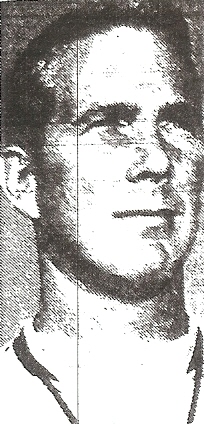
CITY ROCKED BY “F” WORD
Five games in the Eastern and Western Leagues were forfeited, effectively changing the records of six teams in one of the city’s most widespread instances of the ubiquitous “dreaded administrative glitch”.
Patrick Henry forfeited three games and Hoover and San Diego one each.
Kearny, Point Loma, and Madison were the beneficiaries of Henry’s malfeasance.
San Diego forfeited to Hoover and Hoover forfeited to St. Augustine.
Residential impropriety and academic hi-jinks usually are the reasons for administrative judgment. Both were in effect.
Hoover was peripherally involved in Henry’s forfeits when two Cardinals players transferred.
TAX RETURNS, TOO?
“The parents simply did not want their sons attending Hoover,” said Henry coach Russ Leslie, who thought that his school had jumped through all necessary hoops to make the players eligible.
“However, when rumors persisted we asked for and received specific guidelines for change-of-address eligibility,” said Leslie. “I had never seen them and I’ll bet none of the other coaches have either.”
The procedure requires more than telling the postman you’re moving.
“Some of the items which indicate change of address are changing the address on a driver’s license, on auto registration, on income tax returns, and so forth,” said Leslie.
“If rent was involved, as it was in this case, rent receipts are needed. They were provided, but some of the other criteria, which were not even known to me, were not,” Leslie added.
The two tranfer players became eligible and Henry, 9-3 on the field but 6-6 legislatively, battled all the way to the San Diego Section semifinals before bowing to Oceanside, 14-0.
QUID PRO QUO?
Coach Roy Engle’s Hoover Cardinals lost their last seven games of 1973, scored all of seven points in 1974, and were working on a 18-game losing streak after a 21-20 loss to San Diego.
But the Cardinals caught a forfeit break, thanks to the Cavers. Hoover finally scored a victory on the field when it outscored St. Augustine, 22-8, a month later.
Not quite. Another ineligibility. St. Augustine was declared winner.
NO GOOD DEED UNPUNISHED
The newspaper headline said, “Edens Feels Sting Of Own Prep Project.”
Point Loma coach Bennie Edens was instrumental in developing the city’s overtime rules which rewarded the team with the most yards gained during the extra session.
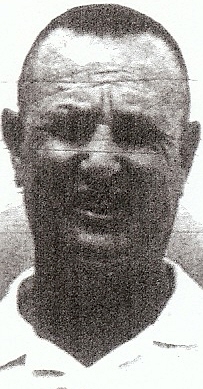
Madison was given a 1-0 victory over Point Loma when the tie-breaker was used for the first time in the season’s Week 8.
The defeat knocked Point Loma out of contention for a San Diego Section playoff berth and kept Madison in the hunt for a Western League championship.
Edens’ colleagues in the city voted, 8-2, to change the tie-breaking rules. In answer to a mail poll, 10 County coaches voted for the California Tie-Breaker, in which each team gets four downs, starting at the 50, alternating plays.
San Diego Section squads would use a “new” California Tie-Breaker beginning in 1976. The state CIF invoked overtime in 1968, not including playoffs.
WHAT’S THAT, BENNIE?
Edens exonerated his kin when discussing the forfeit frenzy:
“It’s never pleasant to win or lose by forfeit. While we all hate the concept of a forfeit you have to have rules, not so much for the coaches, but for the students who might take advantage.”
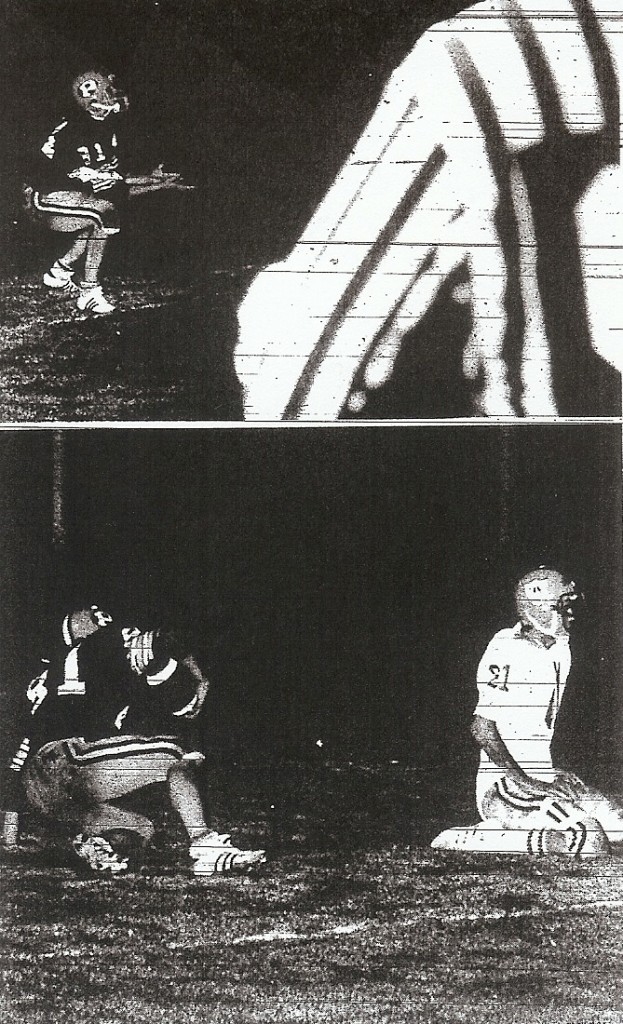
SHACKLETT AND MORSE CONNECT
John Shacklett’s fourth season at Morse did not portend greatness.
The Tigers were only 14-20-3 as Shacklett was building a program in his first three seasons but they came from behind to defeat Patrick Henry, 14-9, for the Eastern League title and their 10-1 finish signaled the beginning of a remarkable, quarter-century run for Shacklett and the players he coached at the Skyline Drive campus.
From 1975-99 Morse was 207-67-6, for a .742 winning percentage. Shacklett’s teams won five Section titles in eight appearances and his 1990 squad, perhaps the best ever assembled in San Diego, was No 1 in Southern California, No. 2 in the state and No. 4 in the country.
Demographic change struck quickly and devastatingly at Morse around the Millennium.
Bad coaches will lose with good players. Good coaches, as was Shacklett, will not win with bad players. The talent pool at Morse shrank.
Shacklett was 8-31 in his last four seasons but finished with 229 victories, fourth highest total in San Diego County history.
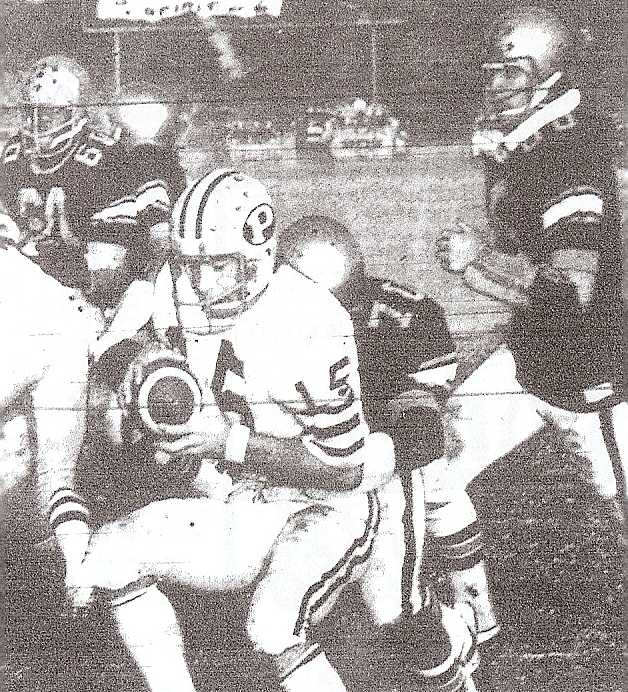
MARCUS ALLEN ARRIVES
Crawford led Lincoln, 3-0, deep into the fourth quarter.
From writer Steve Brand’s game account on Oct. 18, 1975:
“Lincoln coach Vic Player inserted 6-foot, 180-pound sophomore Marcus Allen with only 3:30 to play.
“Allen hit Matthew Santos for a 38-yard gain to the Crawford 25. Four (sic) plays later, Lincoln had gained only one yard. Allen seemed trapped on what surely would have been Lincoln’s last play. He scrambled loose, passing the ball to Santos on the one.”
Mild controversy on the play.
Crawford’s Dennis Uhle, who earlier had intercepted two of Lincoln starter Lederer Hampton’s passes, stepped in front of Santos and thought he had an interception, but referee Gary Todd, a Crawford graduate, ruled simultaneous catch.
Lincoln retained the ball and scored on the next play to win, 7-3.
The Hornets would enjoy a great ride with Allen, as would USC and two NFL teams in a 15-year, Hall of Fame career.
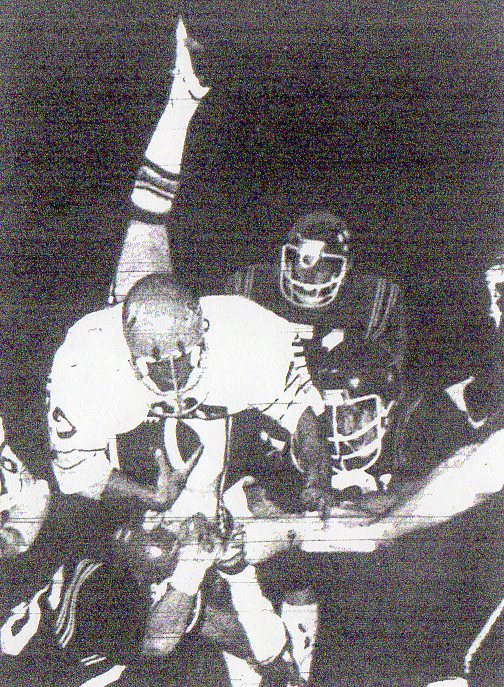
YOU’RE OFFSIDE
A Bonita Vista security guard would not allow a car to park in the restricted upper level of a garage at Southwestern College, where the Barons were scheduled to play Castle Park.
The driver patiently explained to the guard who he was, that traffic had made him late, and that he desperately needed to park in the more accessible space.
The security guard, perhaps flushed with authority, denied the request and the now pissed off and irate visitor was forced to park on the street, a hundred yards away.
The inconvenienced driver happened to be a member of the four-man game officiating crew.
The game official and his colleagues didn’t take it out on the host Barons or their parking garage enforcer.
Bonita Vista was penalized 10 yards to Castle Park’s 90.
For Castle Park coach Gil Warren, the garage incident was the beginning of a bad evening.
Warren’s Trojans fell behind, 20-0, but rallied with three touchdowns in the fourth quarter to go ahead, 27-20, and then apparently stopped a Bonita drive at Castle Park’s 40 yard line.
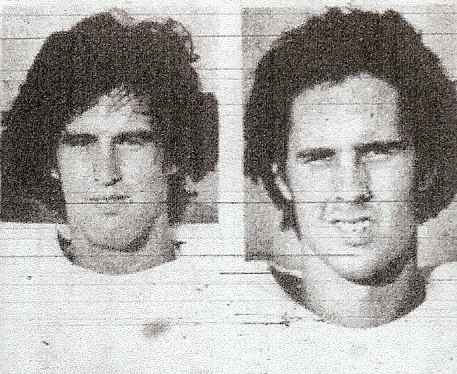
Holding, Castle Park. Fifteen-yard penalty.
Given life, Bonita’s Russ Palser connected with Don Slater for a 25-yard touchdown pass with 25 seconds left in the game.
ESCHEWS TWO-POINTER
Barons coach Jan Chapman kicked for the one-point PAT and the game ended in a tie at 27.
Chapman’s reason against going for a two-point conversion and victory was that, with one point, Bonita would clinch at least a tie for the Metropolitan League championship that could be outright if Castle lost one of its last two league games.
The teams finished tied with 6-0-1 records, but Bonita Vista was given the league’s top seeding in the playoffs, with Castle Park second.
“We feel we should have been number one,” said Warren, “but anytime you have a vote of coaches personalities get involved. The principals vote, but the coaches tell them how to vote.”
Castle Park had a five-point advantage in comparative league scores, 215-121 to 151-62.
Both teams won opening playoff games but were eliminated in the quarterfinals.
LIKE FATHER, LIKE SON
Kearny beat Mount Miguel, 20-6, in the first round of the playoffs and Matadors quarterback Steven Slater was sacked three times and intercepted thrice.
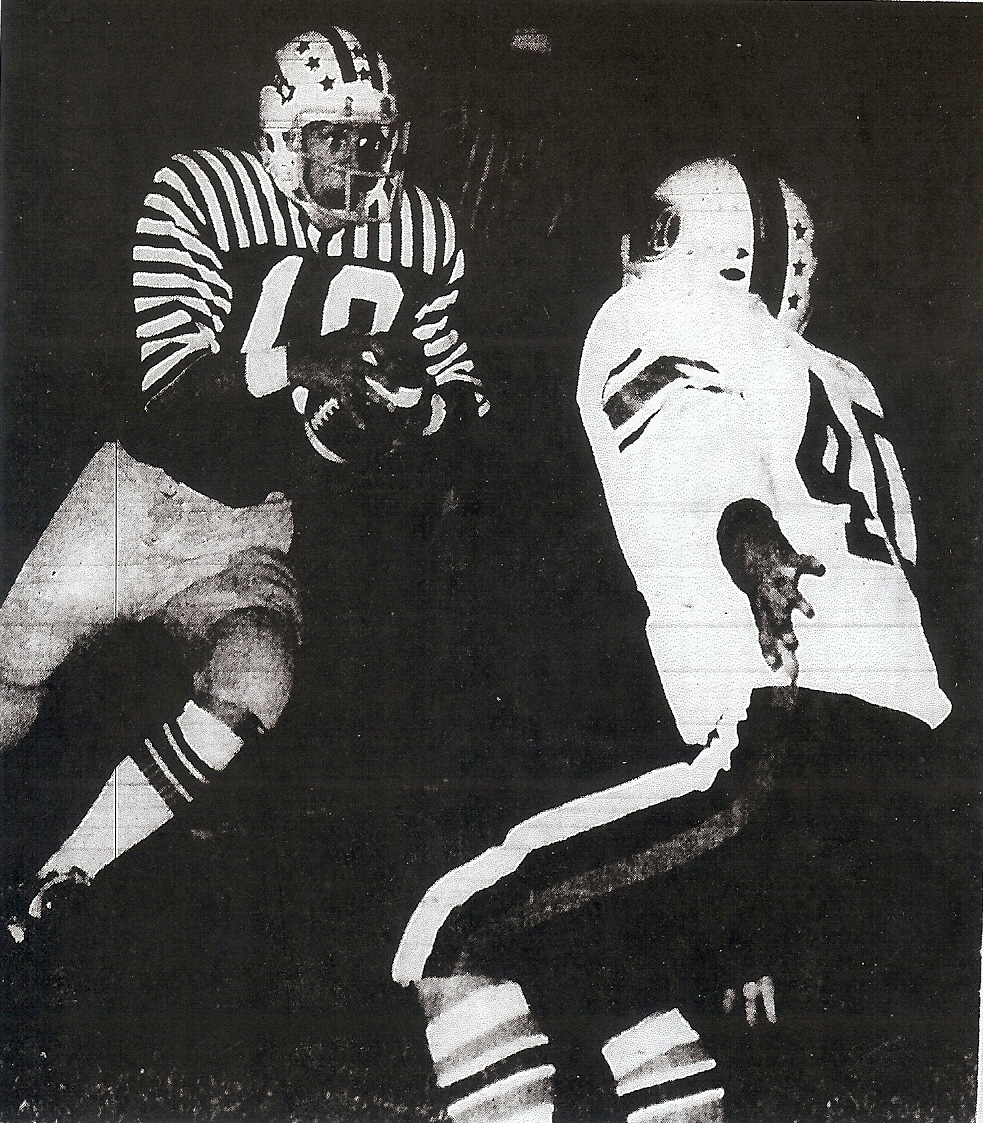
“He’s like I am,” said Slater’s father, Birt, the coach at Kearny, after Steven angrily pulled away from dad after the game. Steven was not, as Michael Grant of the Union wrote, “interested in some parental consolation.”
“We’re both pretty competitive and he’s ticked off,” said Birt. “He wanted to win as badly as I did.”
Steven scored Mount Miguel’s only touchdown.
TAKE THE THREE
Field goals were becoming more and more a part of the landscape. La Jolla’s Dick O’Neil, who toed a 37-yarder with 16 seconds remaining to give La Jolla a 17-14 win over Coronado, was tied for the state lead with 10 for the season.
German exchange student Jens Halle of Fallbrook kicked a 25-yarder in the first American football game he ever saw or was part of, and scored Fallbrook’s first points of the season.
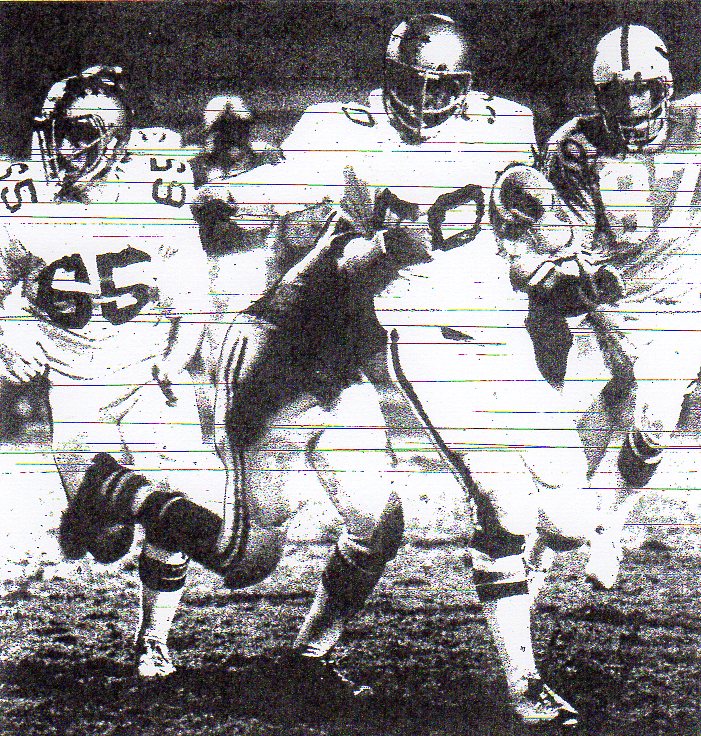
HOW TO WIN FRIENDS AND…
Pat Roberts’ Grossmont team was going to play Granite Hills on the Foothillers’ “home” field, Helix.
“I feel guilty about taking my kids over there to play,” said Roberts. “It’s a terrible disgrace to high school football.”
Roberts asserted that “I must have thrown 15 rocks off the field, all about seven inches in diameter,” the previous week, when Grossmont topped Helix, 42-14.
So as not to think Roberts was dumping on hated-rival Helix, Roberts widened his scope of criticism.
“There aren’t any good fields in the league,” he said, also putting the knock on Granite Hills’ Valley Stadium and lighted venues at Monte Vista, El Capitan, and Mount Miguel.
Roberts, 77-52-7 in 14 seasons from 1968-81 with one championship and two appearances in the finals, may have been taking an oblique shot at his Grossmont School District bosses.
Like, why can’t we have lights?
The Foothillers predated Helix as the oldest school in the district, having opened in 1920, while the Highlanders came along in 1951 and had their own, campus facility by 1954.
Grossmont continued to travel to Helix and to Aztec Bowl for home games with an occasional afternoon tussle on its campus.
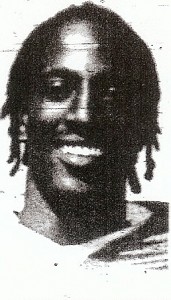
QUICK KICKS
El Camino’s Toussaint (Tootie) Tyler was named after the man who freed Haiti of Napoleon’s rule: Pierre-Dominique Toussaint l’Overture…Tyler’s 168 rushing yards were the difference in Oceanside’s 25-14 victory over Granite Hills for the CIF title…a osing team made the playoffs for the first time…Fallbrook was 4-5 and Patrick Henry was 4-5, although 7-2 on the field in the regular season…Patrick Henry quarterback Steve Fairchild went on to play at Colorado State, was head coach at his alma mater, and also coached in NFL…Official attendance at the championship in San Diego Stadium was 9,200…writers had estimated the turnout at 13,000..Morse’s starting backs, Eddie Ford, Charles Crews, Delvin Barnett, and Barry Alexander, called themselves the “Four Horses”…St. Augustine’s 422 points allowed was a San Diego Section record, topping the 357 of Mount Miguel in 1970…the show must go on? Because of rain vendors refused to sell game programs at playoffs between Castle Park and Morse and Patrick Henry and Bonita Vista…La Jolla Country Day dropped football and wouldn’t field a team again until 1981…Chula Vista’s Bob Korzep would remember his first coaching victory, 14-7 over Marian, in which the Spartans intercepted 9 passes and Oscar Ohnessorgen returned one for a 100-yard touchdown…With quarterback Mark Malone leading the way, El Cajon Valley won its first league championship since the school opened in 1955…Russ Boehmke, 10-5-1 in two seasons as Lincoln’s quarterback in 1956-57, guided Valhalla to an upset win over Helix and a 3-4-1 record in the Norsemen’s first varsity season….